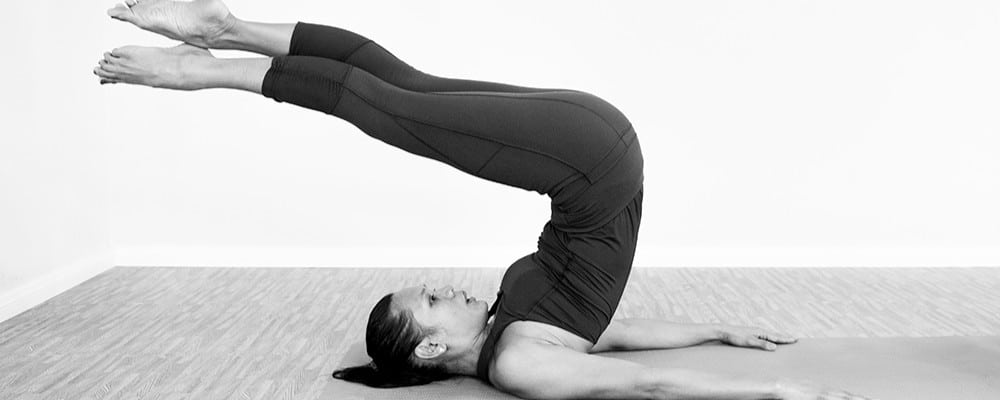The Classical Method of Pilates: Why It’s the Gold Standard

Pilates is one of the most popular forms of exercise that’s been around for decades. It’s a low-impact workout that focuses on developing strength, flexibility, and balance through a series of controlled movements.
As Pilates becomes increasingly popular among studios, gyms, and online platforms (like Pilatesology 😉), there are different approaches to the method – like Contemporary, Classical, and Hybrid. Read on to learn more about the Classical Method and why it’s one of the best ways to practice the exercise!
What is Classical Pilates?
Joseph Pilates developed the classical order of Pilates and passed it down to his students and successors. The method’s effectiveness stems from the specific sequence in which the exercises are performed, with each exercise building upon the previous one.
This method adheres to the original order of exercises and utilizes traditional Pilates equipment, such as the Mat, Reformer, Cadillac, and Wunda Chair. Classical Pilates instructors typically follow a structured approach to teaching, with a focus on precise, controlled movements and a deep understanding of the original method.
Pilatesology offers free downloadable Exercise Lists & Sequences that follow the Classical Order. Check them out here.
What are the Benefits of the Classical Order?
One of the main benefits of following the classical order of Pilates is that it ensures a balanced and comprehensive workout. The sequence of exercises is designed to work all parts of the body, from the powerhouse core muscles to the upper and lower body. You can be sure that you’re working all of your muscle groups evenly, which can help prevent muscle imbalances and injuries.
Another benefit to the classical order is that it challenges your body and allows for progression. The exercises are arranged in a specific order, with each building on the next, which helps you get stronger and more flexible to level up in your practice.
Pilates The Way Joe Intended
The classical order of Pilates is rooted in tradition and history. You’ll tap into the rich history of the practice built by Joseph Pilates himself that’s been proven to be effective.
“The classical order was developed by Joseph Pilates himself, and it’s the foundation of the work. It was developed over decades and with a lot of thought and refinement. It’s designed to balance the body, making sure that we’re working all of the muscle groups equally, so we don’t create imbalances that can lead to injury.”
Source: Brooke Siler, Shape Magazine: “What is Classical Pilates?”
Check out our Interviews & Pilates History section on Pilatesology to learn more about the amazing history of Pilates!
What’s the Difference Between Classical, Contemporary & Hybrid?
Contemporary Pilates is a more modern approach to the method that incorporates a wide range of exercises and does not typically follow the classical order. Contemporary instructors typically use non-traditional equipment like the popular Megaformer or Pilates ball.
Over the years, fitness experts have developed a variety of Pilates-inspired hybrid workouts. These include workouts that combine Pilates with other forms of exercise, like barre, yoga, or high intensity workouts.
The Classical Method
Many people consider the classical order of Pilates to be the best way to practice Pilates. You can ensure a balanced and comprehensive workout, challenge yourself to progress, and tap into a rich tradition and history of Pilates practice by following this specific sequence of exercises.
Pilatesology gives you access to world-renowned teachers who are trained in the classical order and can guide you through this effective and time-tested approach to Pilates, whether you are new to Pilates or looking to improve your practice.
Tags:

From the Community